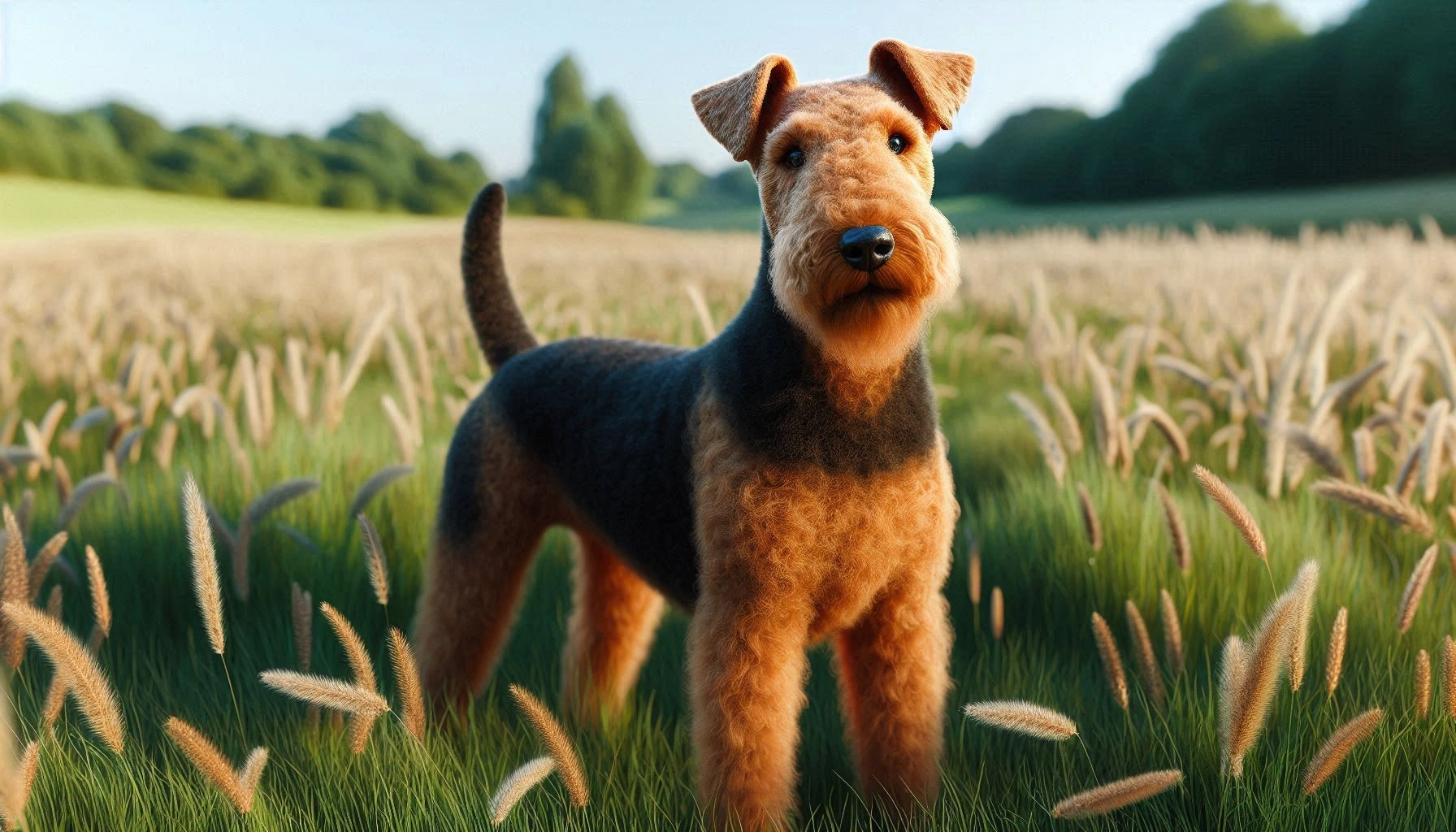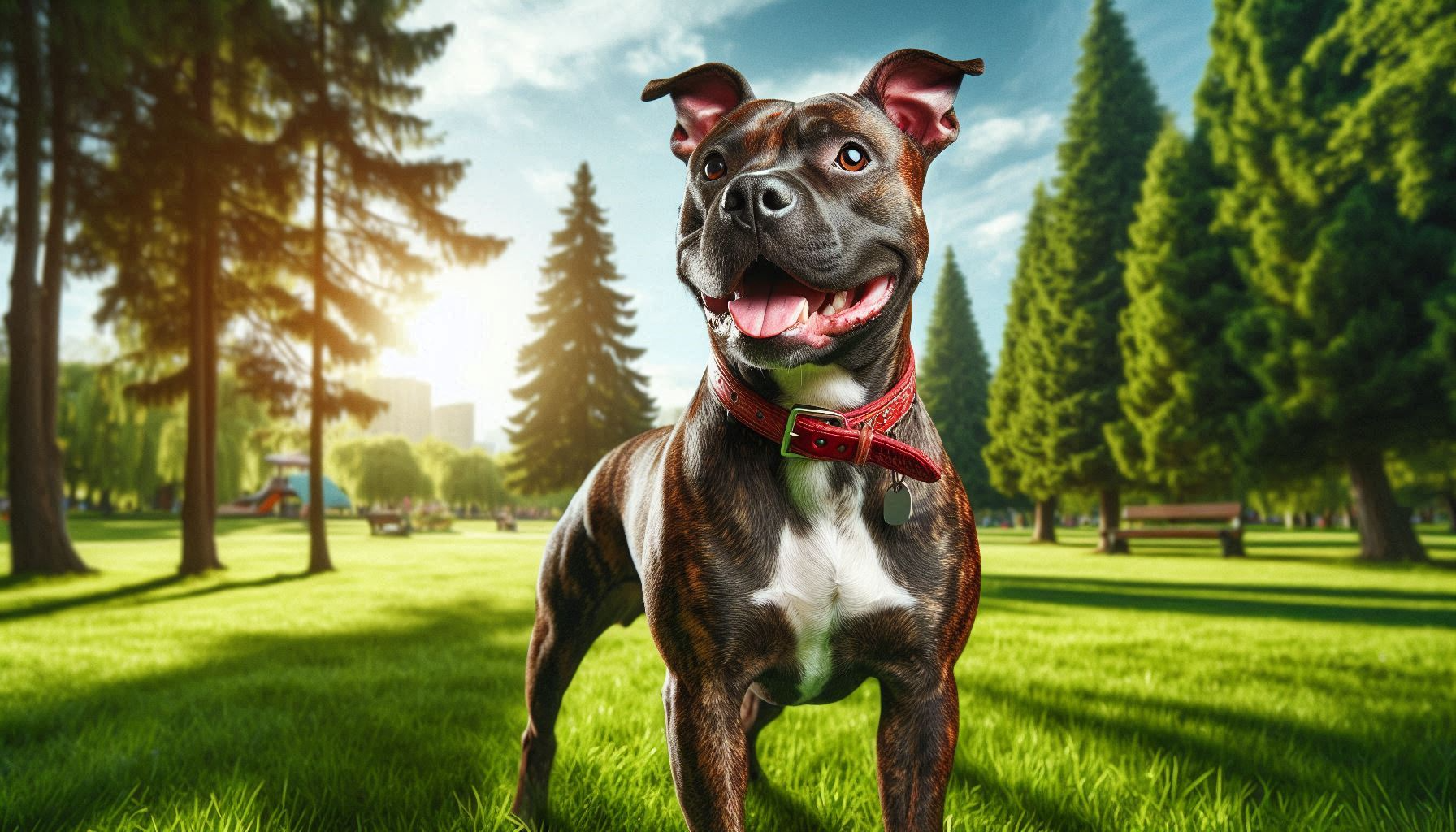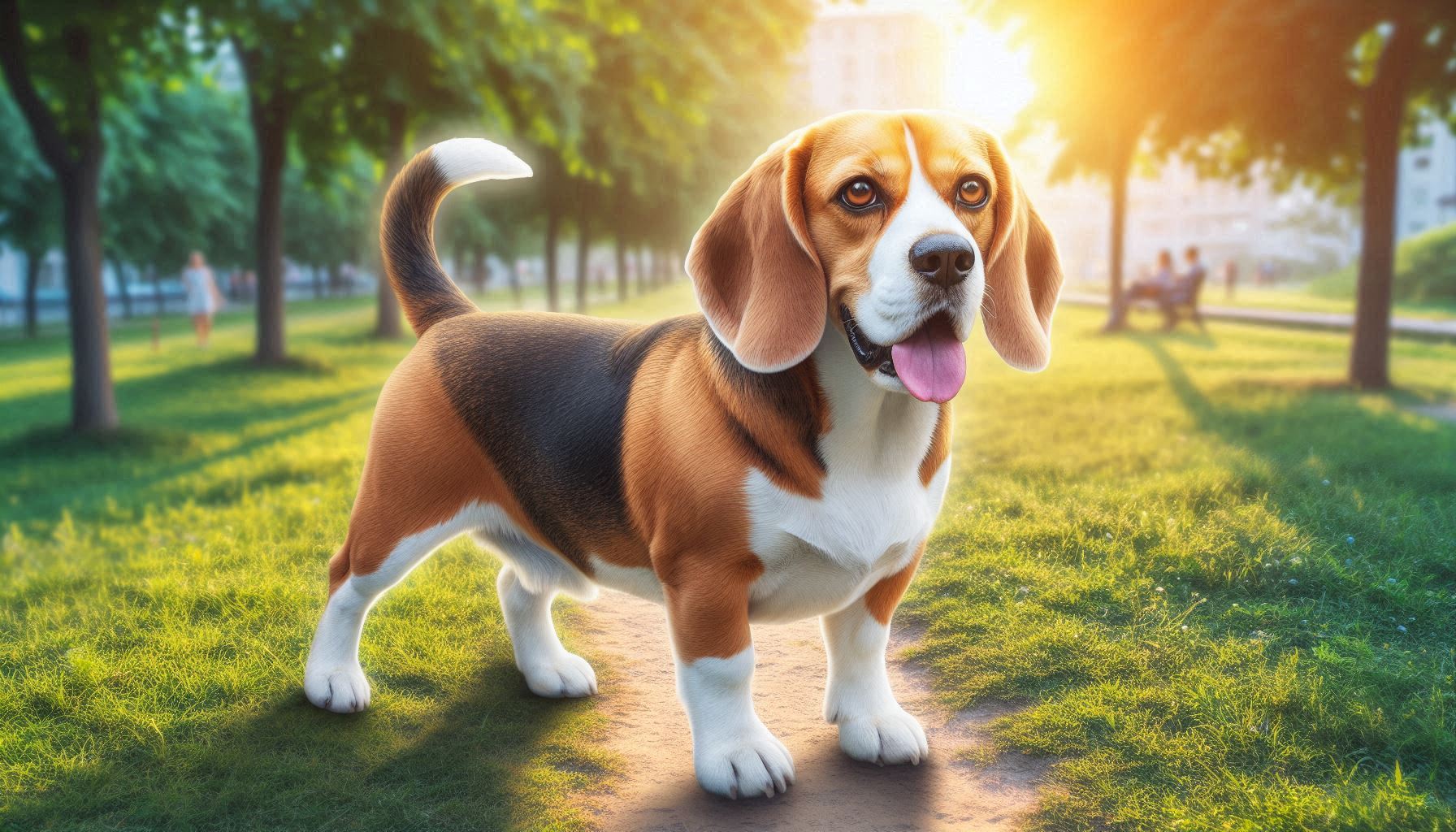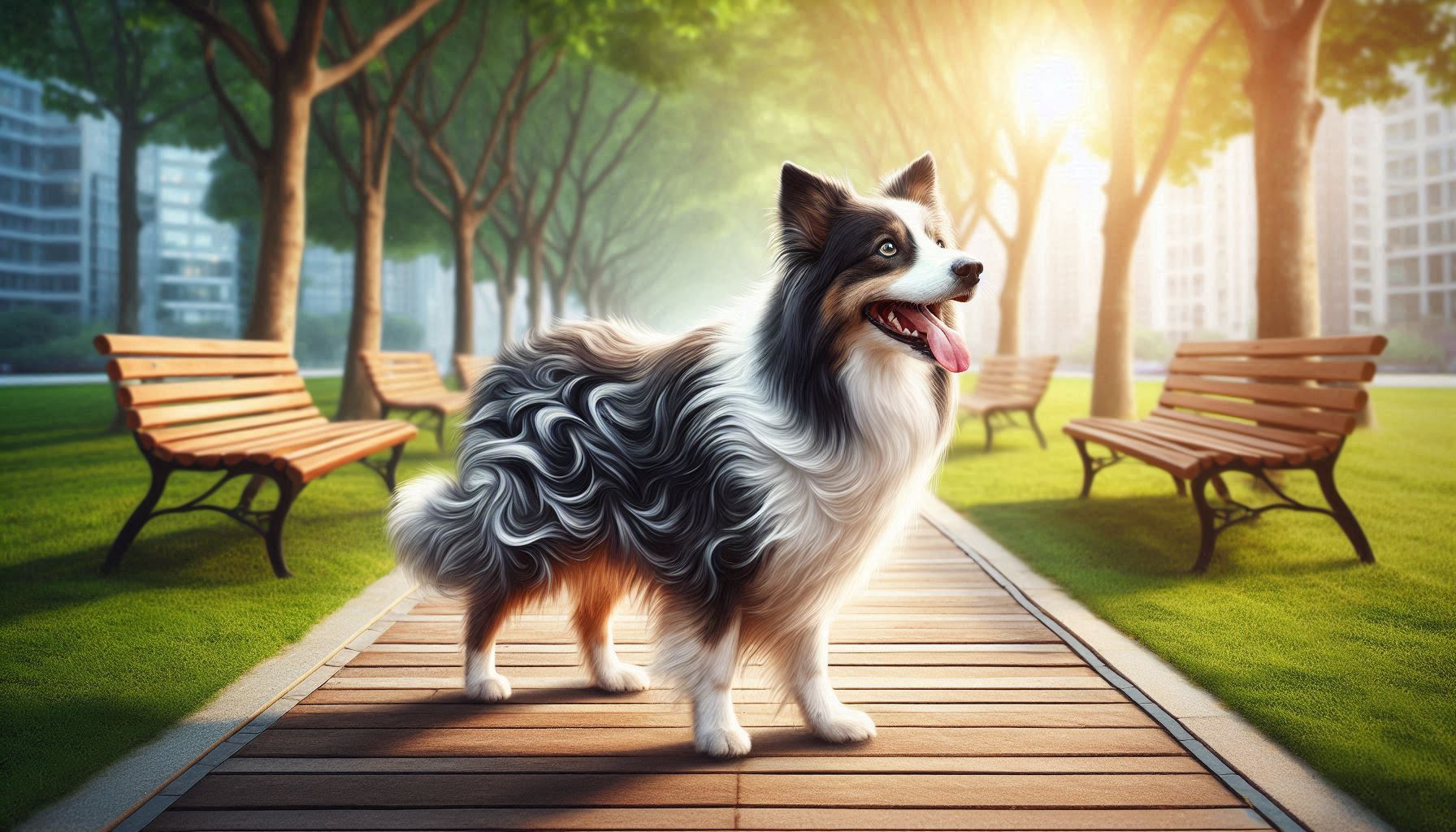Table of Contents
Greyhound Dog Breed
The Greyhound is a breed that stands out for its sleek physique, incredible speed, and gentle temperament. Known as one of the oldest and most iconic dog breeds, the Greyhound has captured the hearts of dog enthusiasts worldwide. Often recognized for its racing prowess, this breed is equally admired as a loyal and affectionate companion. Whether you’re a first-time dog owner or an experienced canine enthusiast, the Greyhound’s unique characteristics make it a popular choice for many. In this article, we’ll explore everything you need to know about the Greyhound, from its rich history to its suitability as a family pet.
Greyhound Dog History and Origin

The history of the Greyhound is as ancient as it is fascinating. Originating from Egypt, this breed’s lineage can be traced back over 4,000 years, with depictions of Greyhound-like dogs found in ancient Egyptian art and tombs. The breed was highly esteemed among pharaohs and nobility, valued for its hunting skills and graceful appearance.
As the breed spread across Europe, it became particularly popular in England, where it was developed into the breed we recognize today. Greyhounds were prized by English nobility for their speed and agility, making them excellent hunting companions. By the 18th century, Greyhound racing had become a popular sport, cementing the breed’s reputation as the fastest dog in the world.
Greyhound Dog Physical Characteristics
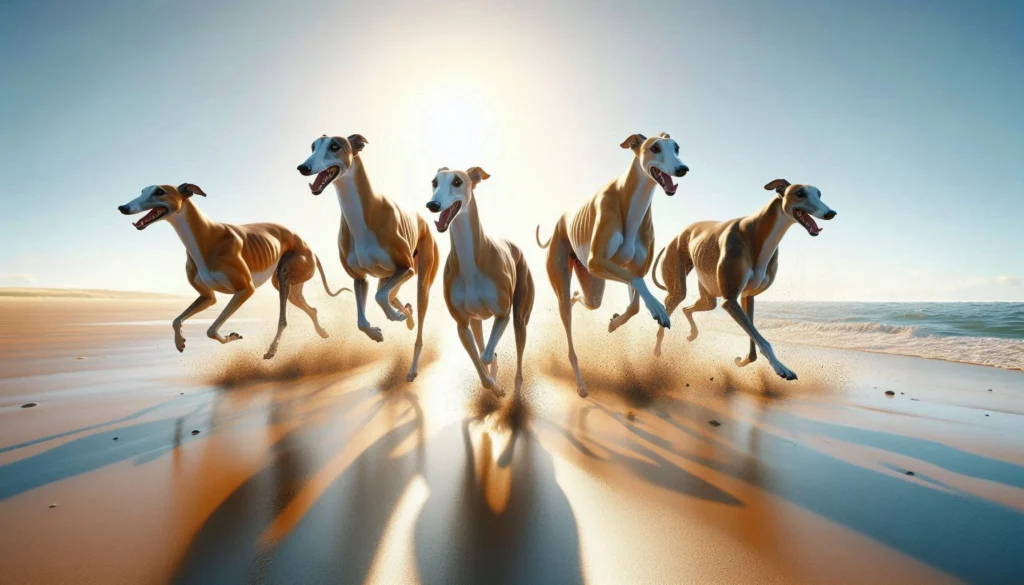
The Greyhound is a breed that exudes elegance and athleticism. These dogs are known for their slender, aerodynamic bodies, which are perfectly designed for speed. Here are some key physical characteristics of the Greyhound:
- Size: Greyhounds are large dogs, with males typically standing between 28 to 30 inches tall at the shoulder and females slightly smaller at 27 to 28 inches. They usually weigh between 60 to 70 pounds.
- Coat Type and Colors: The Greyhound’s coat is short, smooth, and easy to maintain. They come in a wide range of colors, including black, white, brindle, fawn, blue, and various combinations of these.
- Distinctive Features: The breed’s most distinctive features include its narrow, elongated head, deep chest, and long legs, all contributing to its incredible speed and agility. Their eyes are large and expressive, often giving them a soulful appearance.
Temperament and Personality
Greyhounds are known for their gentle and calm temperament. Despite their racing background, these dogs are surprisingly low-energy when indoors and are often referred to as “couch potatoes.” Here are some key traits of the Greyhound’s personality:
- Interaction with People: Greyhounds are affectionate and form strong bonds with their owners. They are generally friendly with strangers but can be reserved at first.
- Children and Other Animals: Greyhounds are typically good with children, though supervision is recommended with very young kids due to the breed’s size. They tend to get along well with other dogs, especially if raised with them from a young age. However, due to their strong prey drive, caution should be exercised around small pets like cats or rabbits.
- Temperament: Greyhounds are known for being quiet, well mannered, and slightly aloof. They enjoy lounging around the house but also appreciate regular outdoor exercise.
Health and Lifespan
Greyhounds are generally healthy dogs, but like all breeds, they are prone to certain health issues. Understanding these potential problems can help ensure a long, healthy life for your Greyhound.
- Common Health Issues: Some common health concerns for Greyhounds include hip dysplasia, hypothyroidism, and bloat (gastric torsion). They are also more sensitive to anesthesia due to their low body fat percentage.
- Lifespan: The average lifespan of a Greyhound is around 10 to 14 years. With proper care, a healthy diet, and regular veterinary check-ups, many Greyhounds can enjoy a long and healthy life.
- Health Tips: To keep your Greyhound healthy, provide a balanced diet, regular exercise, and routine veterinary care. It’s also important to monitor their dental health, as Greyhounds can be prone to dental issues.
Care and Grooming
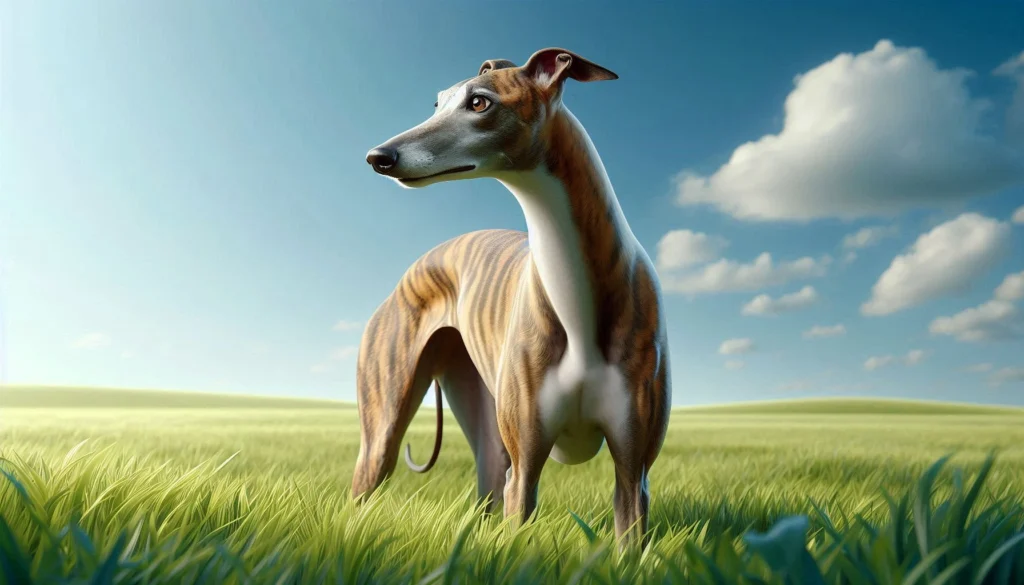
Caring for a Greyhound is relatively straightforward, thanks to their short coat and low grooming needs. However, there are some important considerations to keep in mind:
- Grooming Needs: Greyhounds have minimal grooming requirements. Their short coat only needs occasional brushing to remove loose hairs and keep their skin healthy. Regular nail trimming, ear cleaning, and teeth brushing should also be part of their grooming routine.
- Exercise Requirements: Despite their reputation as fast runners, Greyhounds are not high energy dogs. A few short walks and the opportunity to run in a safe, enclosed area a few times a week are usually sufficient to keep them happy and healthy.
- Dietary Recommendations: Greyhounds do well on a high quality diet that meets their specific needs. Due to their lean build, they may require a diet higher in protein and fat. Always consult with your vet to determine the best diet for your Greyhound.
Training and Socialization

Training and socializing a Greyhound can be a rewarding experience, but it does come with some challenges. Here’s how to effectively train and socialize your Greyhound:
- Training: Greyhounds are intelligent but can be somewhat independent. Positive reinforcement methods, such as treats and praise, work best with this breed. Training sessions should be kept short and fun to keep your Greyhound engaged.
- Socialization: Early socialization is crucial for Greyhounds to ensure they are well-adjusted and comfortable in various situations. Exposing them to different people, environments, and other animals from a young age will help them develop into well-rounded dogs.
- Challenges: One challenge in training Greyhounds is their prey drive, which can make recall training difficult. It’s important to keep them on a leash or in a secure area when outdoors.
Suitability as a Family Pet
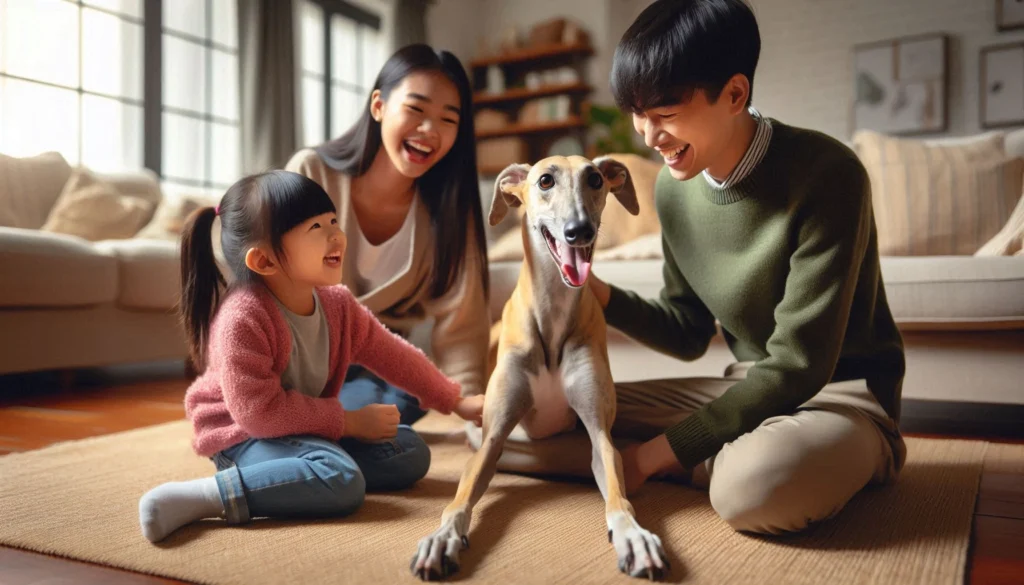
Greyhounds can make excellent family pets for the right household. They are generally quiet, clean, and have a laid-back demeanor. However, there are some factors to consider:
- Living Environment: Greyhounds can adapt well to both apartment living and homes with large yards, as long as they get enough exercise. They are typically indoor dogs due to their thin skin and lack of body fat, making them sensitive to extreme temperatures.
- Energy Levels: While they enjoy bursts of activity, Greyhounds are generally low energy dogs that enjoy lounging around the house. This makes them suitable for families who prefer a more relaxed lifestyle.
- Family Compatibility: Greyhounds are gentle and good with children, but their size and strength mean they should be supervised around young kids. They can coexist with other pets, though care should be taken with smaller animals.
Fun Facts and Trivia
- Speed: Greyhounds are the fastest dog breed, capable of reaching speeds up to 45 miles per hour.
- Ancient Breed: Greyhounds are one of the oldest known dog breeds, with roots tracing back over 4,000 years.
- Symbol of Nobility: In medieval times, owning a Greyhound was a status symbol reserved for nobility.
- Lazy Hound: Despite their speed, Greyhounds are known for their love of lounging and are often referred to as 45 mph couch potatoes.
Dog Breeds Similar to Greyhound
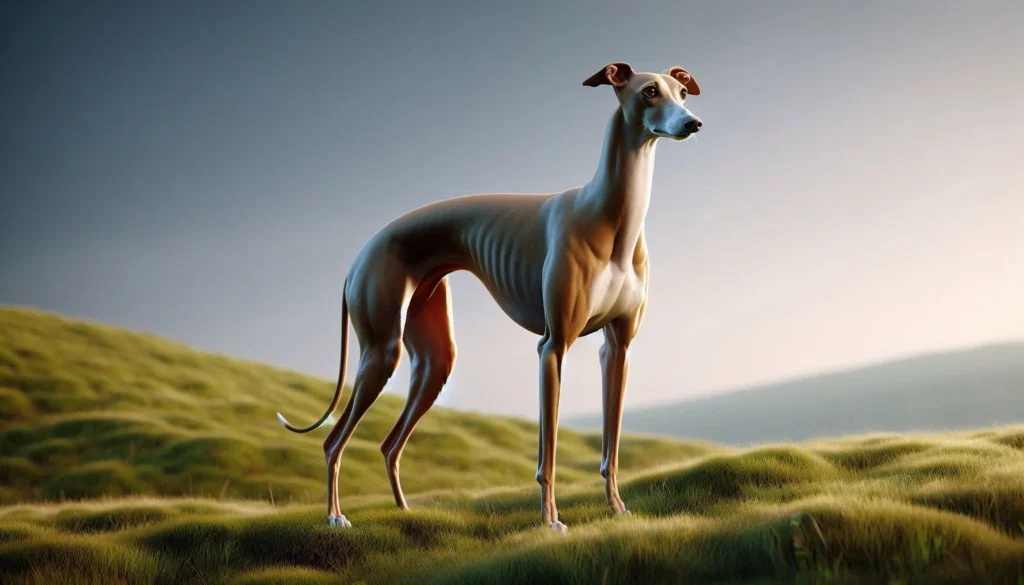
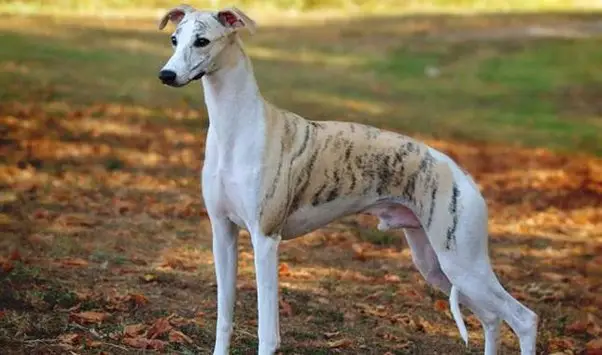
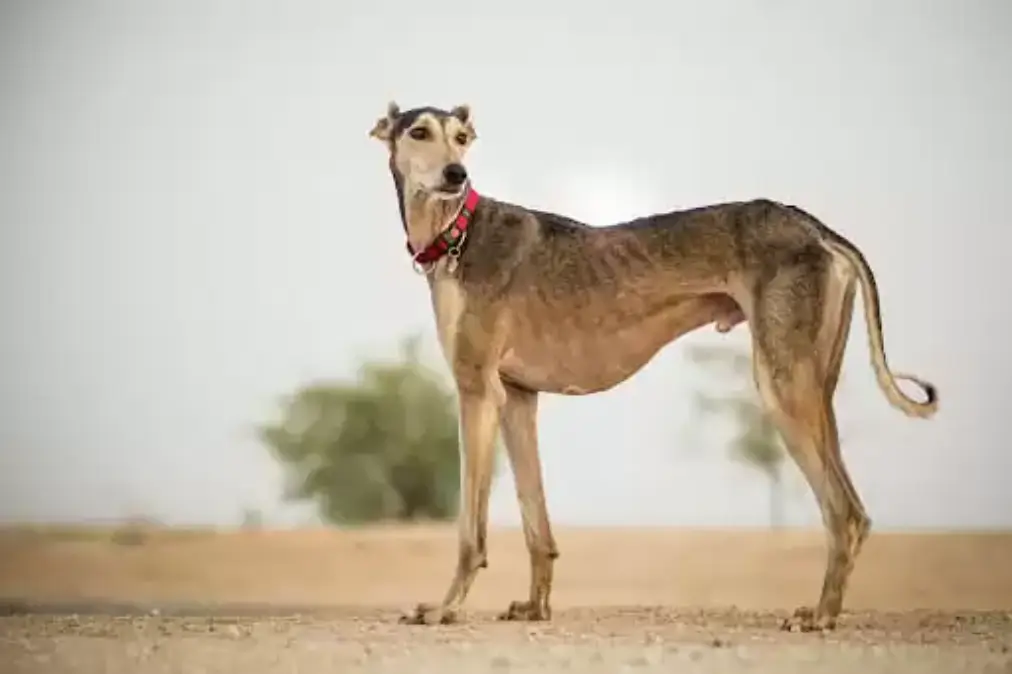
If you’re interested in the Greyhound, you might also want to consider these similar breeds:
- Whippet: A smaller relative of the Greyhound, the Whippet shares the Greyhound’s sleek build and love for speed. Whippets are also known for their gentle nature and make great companions.
- Saluki: Known as the “Royal Dog of Egypt,” the Saluki is another ancient sighthound breed. They are similar in appearance to the Greyhound but have a more aloof and independent temperament.
- Italian Greyhound: This is a miniature version of the Greyhound, with the same elegant physique and gentle nature. Italian Greyhounds are great for those who want a smaller, more manageable version of the breed.
Conclusion
The Greyhound is a breed that combines elegance, speed, and a gentle temperament, making it a wonderful companion for many dog lovers. Whether you’re looking for a relaxed family pet or a dog with a fascinating history, the Greyhound is a breed worth considering. With proper care, training, and socialization, a Greyhound can be a loyal and loving addition to your home. If you’re intrigued by this breed, take the time to learn more and see if a Greyhound is the right fit for your lifestyle.
FAQs
Is the Greyhound a dangerous dog?
No, Greyhounds are not considered dangerous. They are known for their gentle and calm nature. However, due to their strong prey drive, they should be monitored around small animals. Proper socialization from a young age will help ensure they are well-behaved and friendly.
Is the Greyhound the best guard dog to protect you or your family?
Greyhounds are not typically used as guard dogs. They are more likely to be friendly or indifferent toward strangers rather than protective. Their temperament makes them better suited as companion animals rather than guardians.
